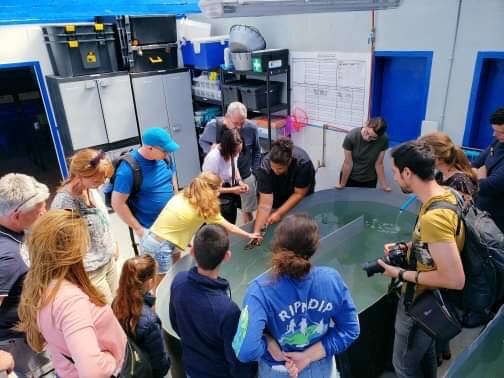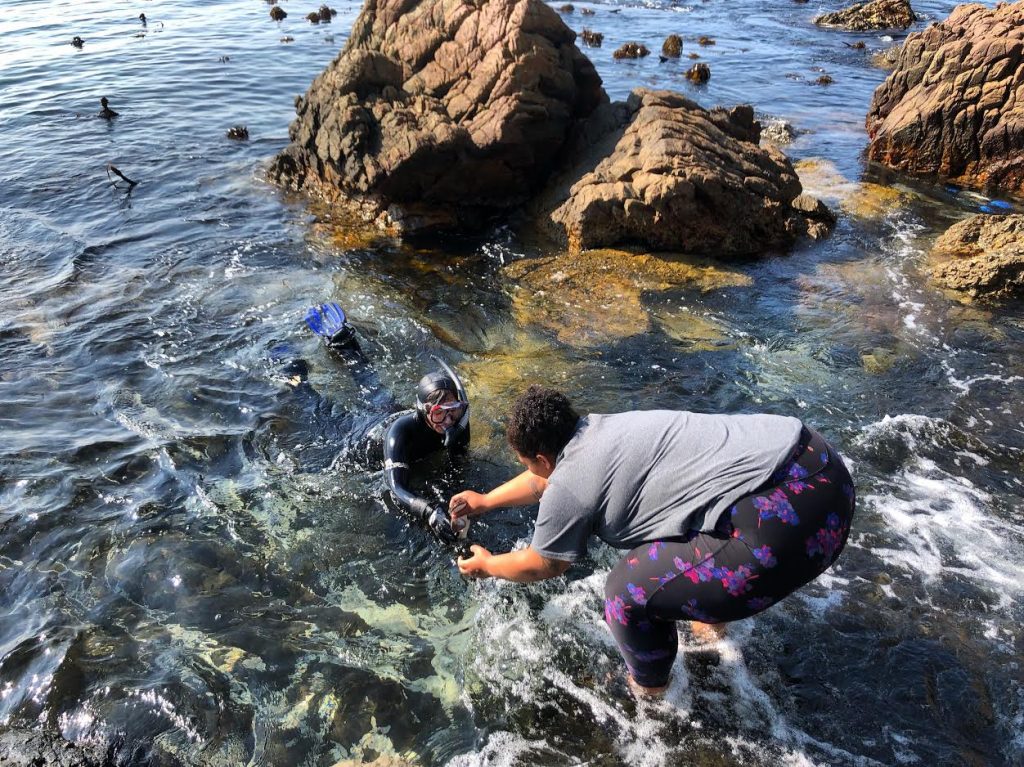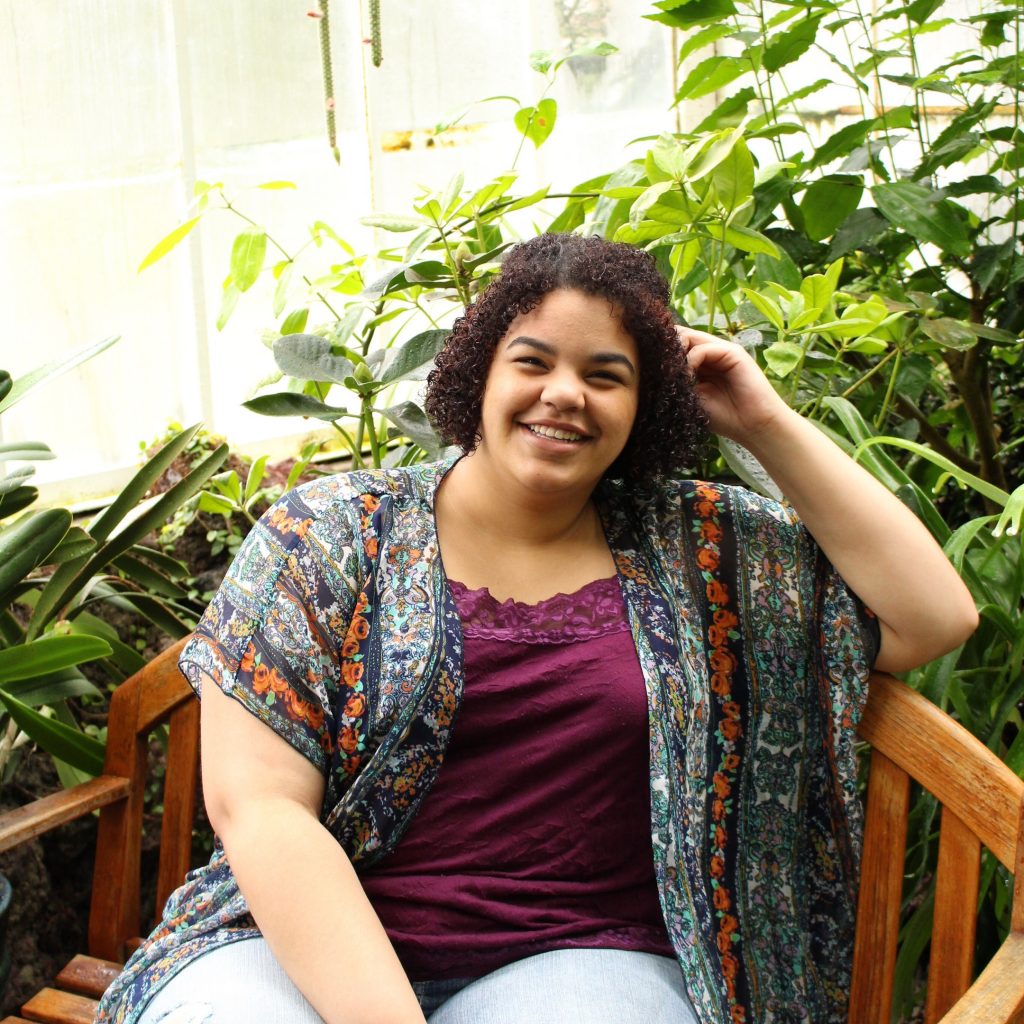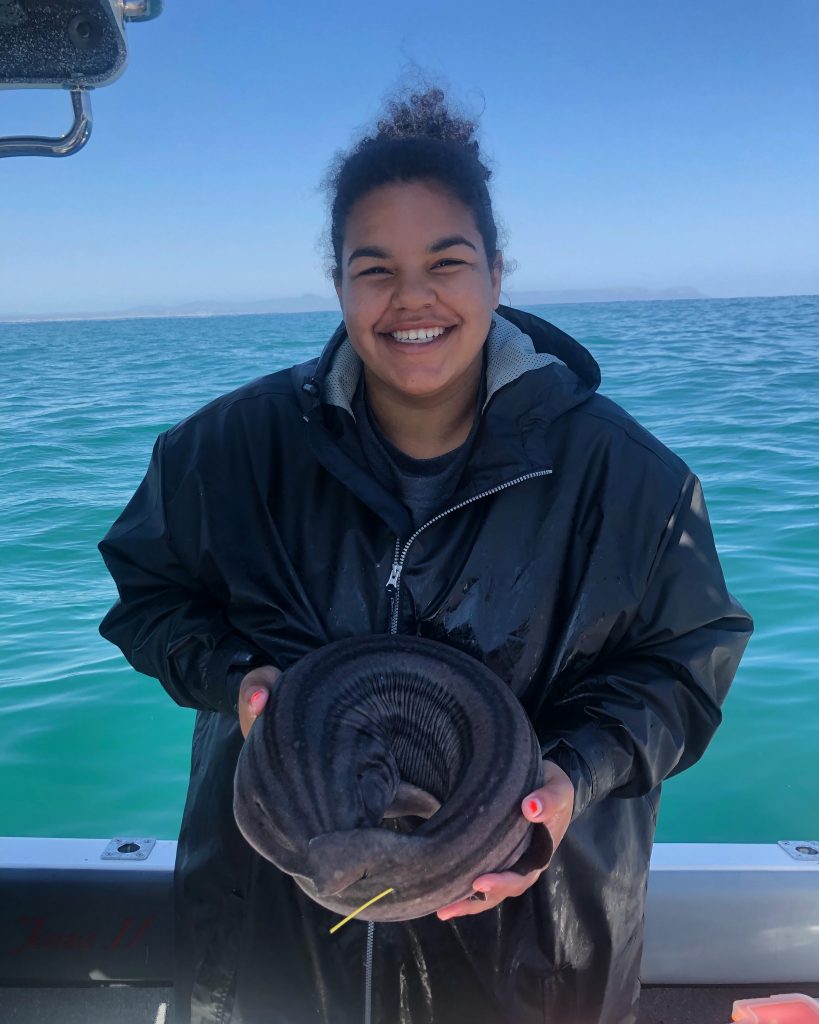As the internship starts to wind down, I found myself reflecting on the last 9 weeks. In the two months I’ve spent as SASC I’ve endured personal and professional growth that has aided me in my educational development.
2019 has been my year of progression. Throwing myself into an international program working with sharks has been the best decision I made. Through SASC I believe I’ve matured more in the past two months then ever before. The internship with SASC placed me in a position to meet like minded individuals from across the globe converging on conservation efforts. I’ve learned to truly accept and understand different ways of thinking and find coping mechanisms for ideals I don’t agree with. I have a better patience for others with differing work ethics and levels of knowledge. Overall I’ve become a more tolerable person with a better outlook on how the world functions. Outside of personal development, I have learned a menagerie of field techniques that I wouldn’t have gained otherwise.

The SASC internship is often referred to as a “field work school” meaning that field techniques are emphasized more than other aspects of science. This is exactly what I came to SASC for and I wasn’t let down! Within the first couple of days with SASC I learned how to handline and deploy BRUVs. Thereafter I learned how to snorkel and free dive to catch sharks by hand and went on one longlining trip. As I continued to complete these tasks my confidence and self-competence levels grew. I believe that field work boosted my confidence and allowed me to better present myself proficiently.

To continue, I’ve gained a better understanding of catshark physiology and life history. Thus allowing me to create a study design and construct a research proposal focused on capture and handling stress of the endemic catsharks of South Africa. By attending the South African Shark and Ray Symposium I was faced with the opportunity to meet professionals in conservation and fisheries management across South Africa. I was also able to make contacts that helped me strengthen my study design. Finally, and what I find to be most important, I have an appreciation for fisheries management that I lacked before. I realized how tricky it can be to manage fisheries in nonurbanized areas where the only source of income is what comes in by net that day. Without this experience at SASC I would be lacking a perspective that is vital for any type of management decision.









